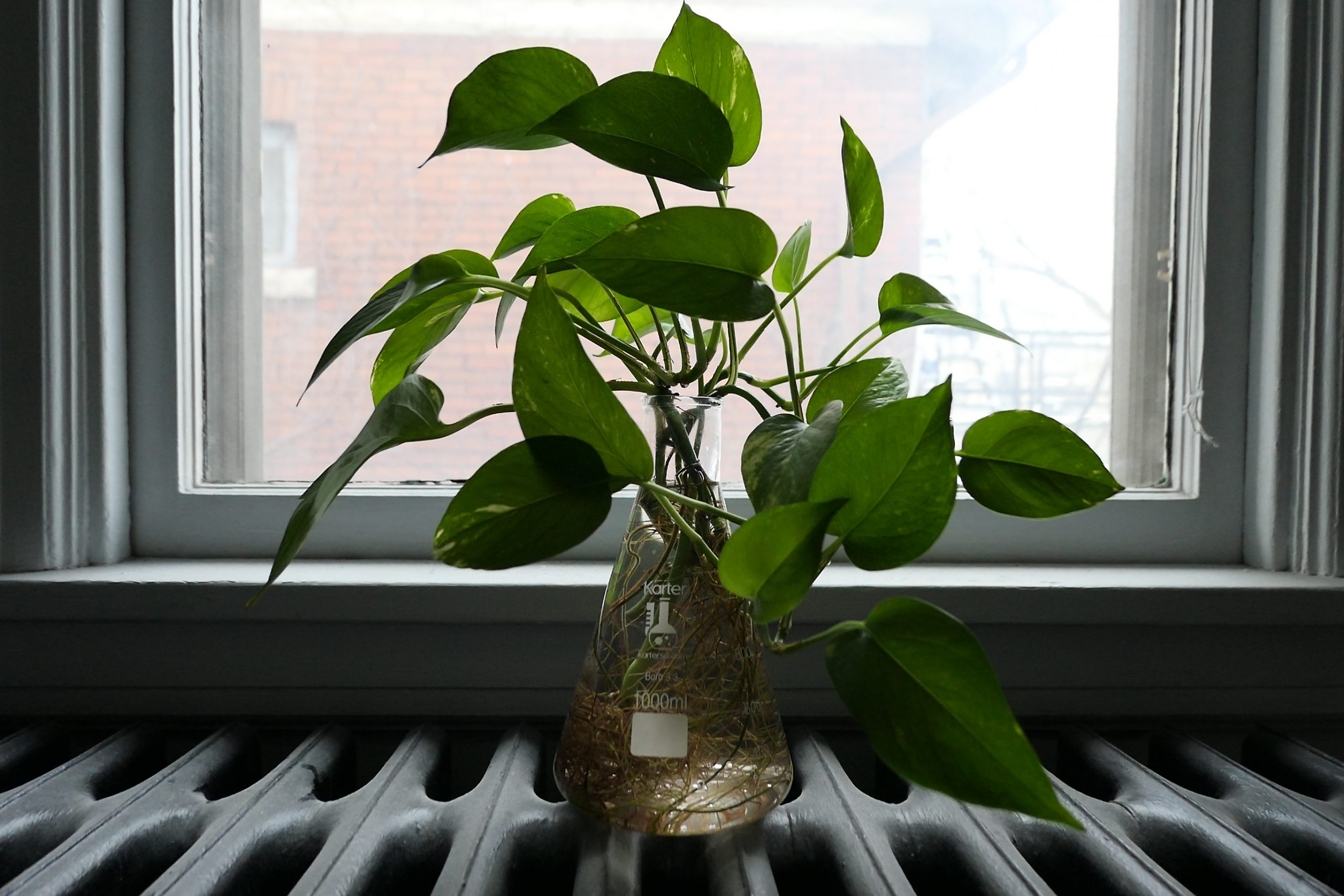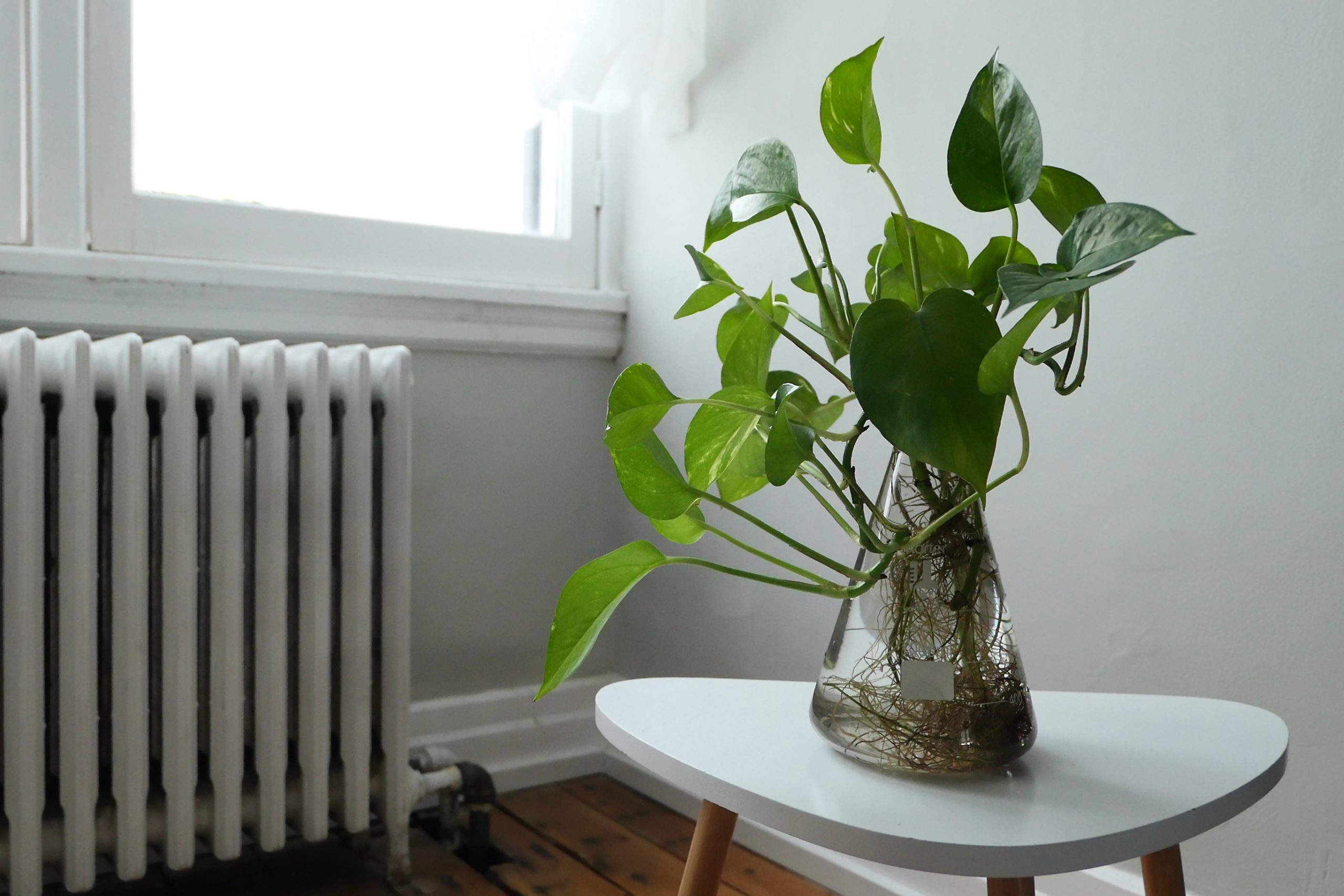I decided I was going to try my hand at growing pothos from seed for a few reasons. As any houseplant enthusiast knows, it can easily become an expensive habit to buy whole plants. Seeds are much cheaper, easier to ship, and you get a ton of them. I’ve grown a few tropical plants from seed, netting more plants for less money. This time, however, I wanted to grow some pothos from seed for sentimental reasons. It’s one of the first plants I owned, and I decided it would be great to have some I raised all the way up. Unfortunately, I couldn’t find pothos seeds anywhere online because they are so rare.
After some research I came across a disheartening fact. The study revealed that pothos is a “shy-flowering” species, due to a genetic deficiency. No flowers means – you guessed it – no seeds. So while pothos likely does flower in the wild, it’s quite rare. Turns out that – much like in our homes – it spreads by simply growing along.
Variegation and Seeds
But what if you could grow pothos from seed? There’s no guarantee you’d even get the pothos you wanted. The different types of pothos we typically see as houseplant enthusiasts are derived from the simple, deep green jade pothos. Variegations – the flecked patterns on the leaves – are mutations from the solid green plant. When variegated plants produce seeds there is no guarantee the seedlings will stay variegated. This is an important note of caution when buying seeds – simply because the source plant was exotic-looking does not mean its offspring will be!
Let’s say you managed to get golden pothos seeds for example. Planting them – after sending some to me! – could result in a variety of different plants when grown. They could be solid green, variegated or somewhere in between. It’s even possible it could produce an albino plant that would most likely die because it can’t photosynthesize. That’s right, the more white on a variegated leaf means the less sunlight it can process! This is why plants revert to green in low-light situations, to gather as much sunlight as possible.
The Truth About Pothos Seeds
The truth is that I did actually find some seeds online. On eBay there are a few listings from Asia with some very interesting photographs to go along with them. They were definitely selling seeds but who knows what they actually were. Be very careful buying seeds from overseas – a topic for another day.
Considering pothos seeds are extremely hard to find and could produce any sort of variegation, the simplest way to grow more is via cuttings. It certainly explains why there are so many guides on how to take cuttings and so few pictures of baby pothos seedlings on Instagram.

